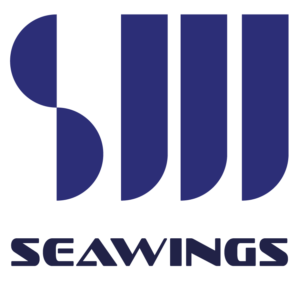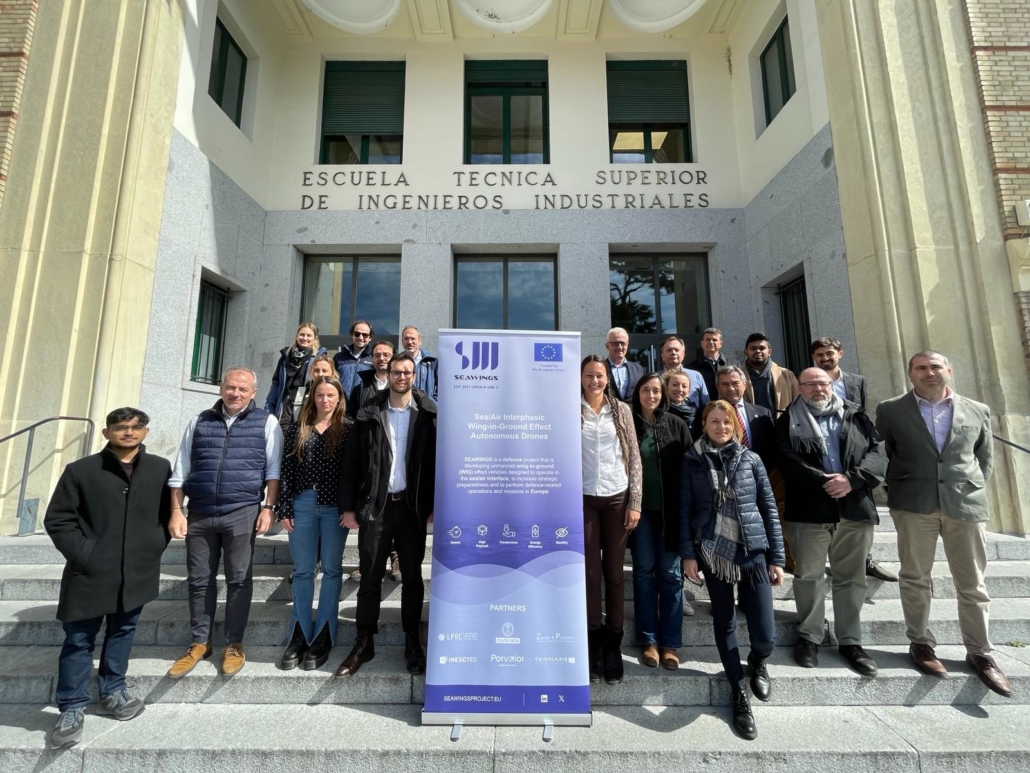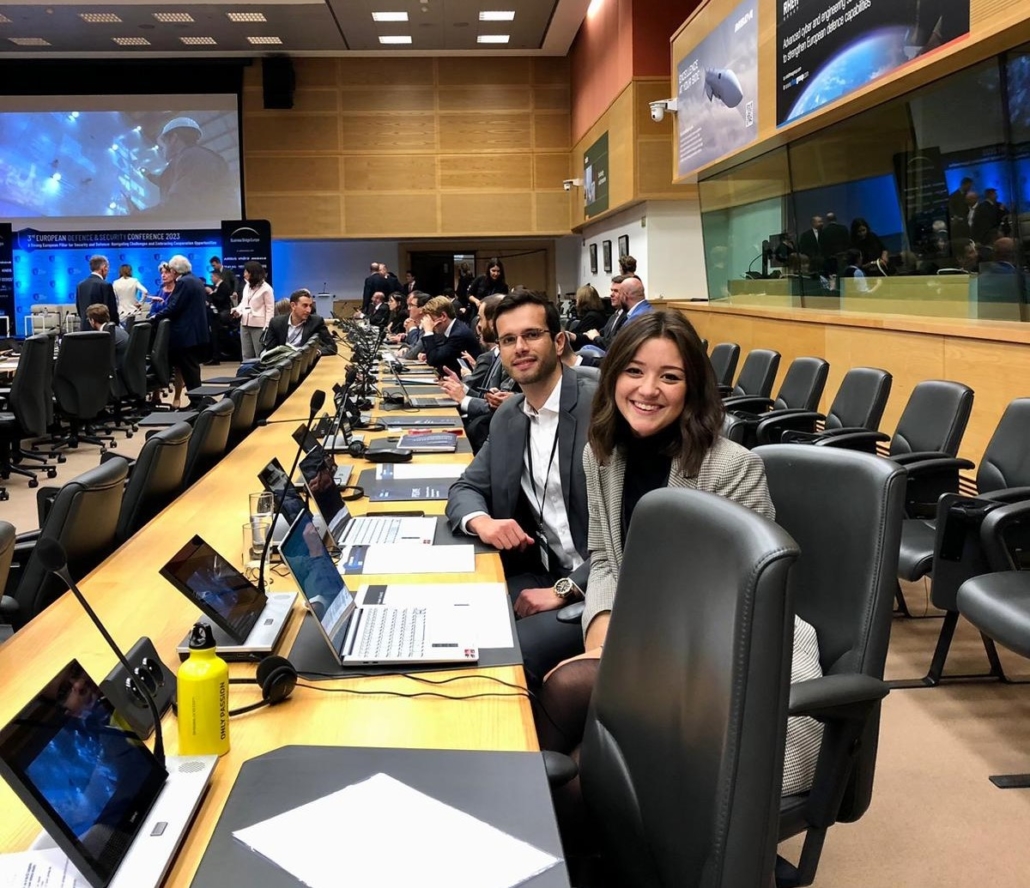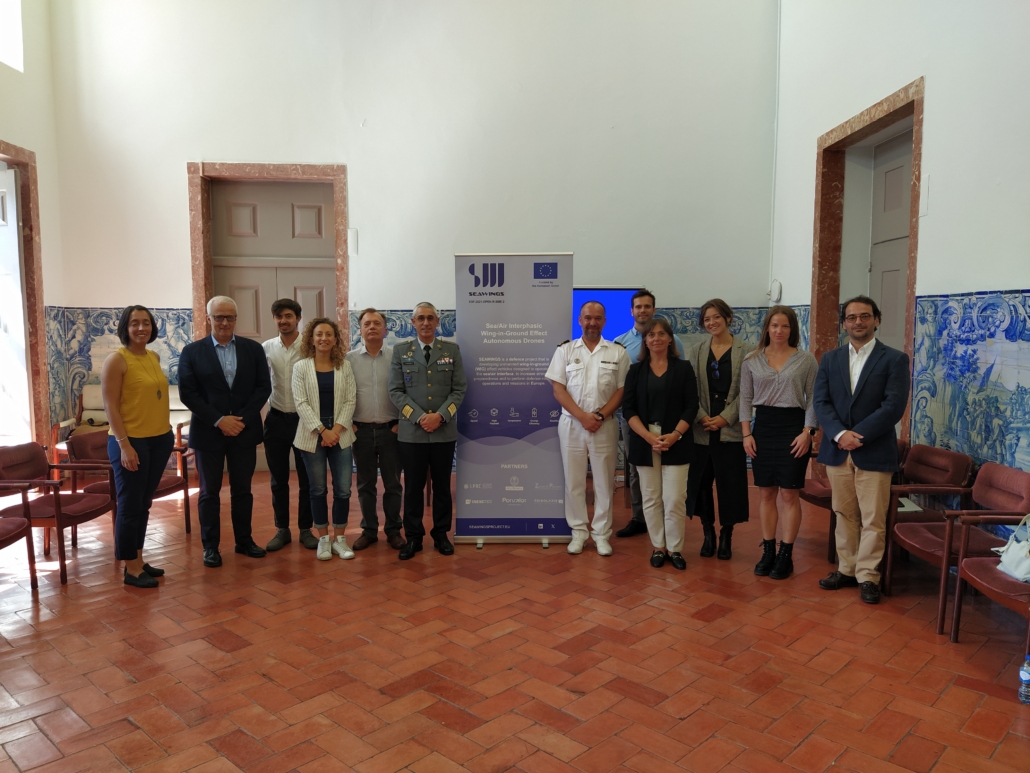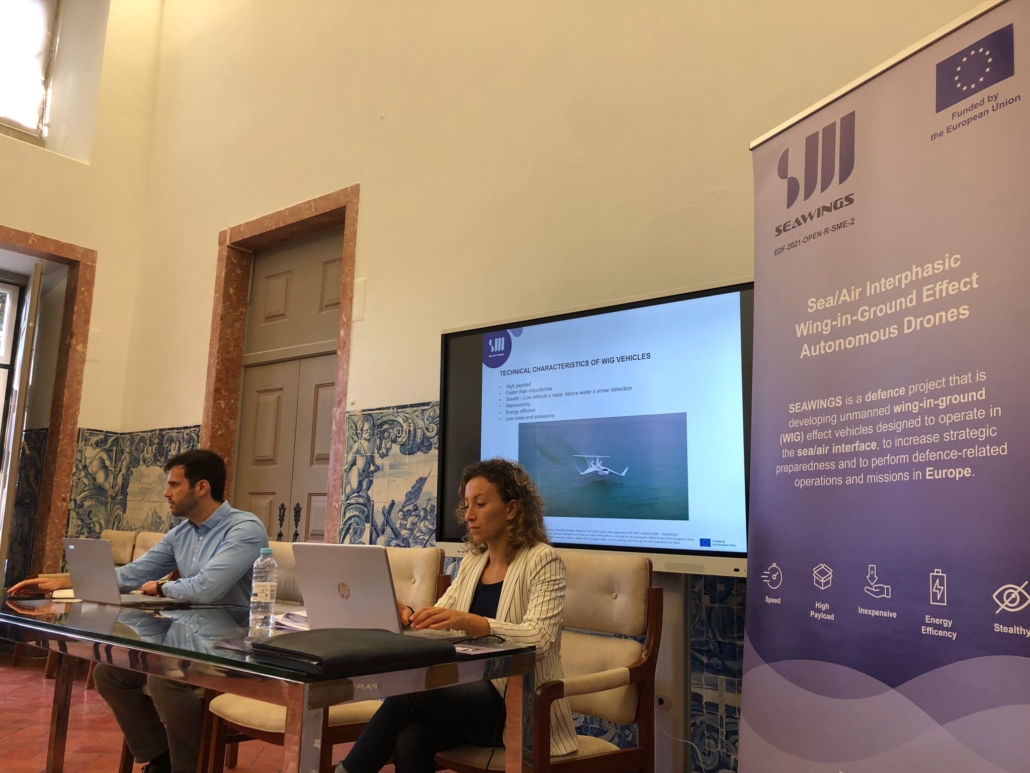Summary of activities in Year 1
/in News/by Marcio TameiraoDuring the first 12 months, the SEAWINGS project comprised several critical activities, spanning from project management, research, and technical development. The following tasks were concluded and reported in the respective deliverables:
- The risk management plan was pre-defined at the proposal stage and further discussed and supplemented during the first months of SEAWINGS implementation. Particular attention was paid to the confidential handling of results;
- An IPR management plan detailed measures to define and implement a knowledge protection strategy. It prioritised elements such as the status of IP filings, ownership considerations and licensing issues;
- The report on end-user requirements encompassed the expectations and demands of expected end-users of the SEAWINGS vehicle. This research covered diverse aspects such as case scenarios, mechanical properties, level of autonomy, and other essential functionalities;
- Findings from virtual and physical scale models were described in the “Report on Simulations and Scaled Model Field Testing”. The report focused on control aspects, offering insights into the performance of SEAWINGS model under various conditions;
- An extensive research into the regulatory landscape of the case study countries and the European Union named “Detailed Report on European Regulations and Policies for WIG Crafts”. The primary goal of the report was to identify standards, regulations, and systems that could influence the introduction of WIG crafts;
- Summarizing the research on cutting-edge perception algorithms, the “Report on Innovative Perception Methods for WIGs” underscored the importance of swift and effective perception for SEAWINGS;
- Finally, the views and feedback of the Advisory Board was reported containing external input, ideas, views, and advice in shaping the project’s direction and decision-making processes.

